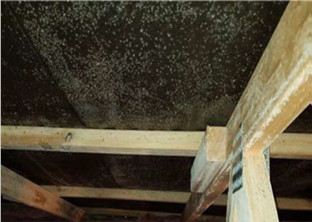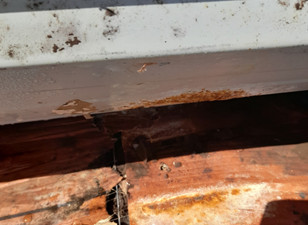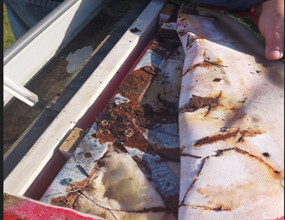Source: Acceptable Solutions and Verifications for New Zealand Building Clause E3 Internal moisture.
COP v25.12:Internal-Moisture; Nzbc-Clause-E3-Internal-Moisture
Safeguard people against illness, injury, or loss of amenity that could result from the accumulation of internal moisture.
Buildings must be constructed in a way to avoid the likelihood of:
- fungal growth on linings and other building elements, and
- damage to building elements due to the presence of moisture.
NZBC Clause E3 requires building practices to ensure an adequate combination of thermal resistance, ventilation, and space temperature in all habitable spaces, bathrooms, laundries, and other spaces where moisture may be generated or accumulate.
New Zealand Building Code clause E3.3 a) requires buildings to be constructed to avoid the likelihood of fungal growth on linings and other building elements. Acceptable Solution E3/AS1 1.0.1 says fungal growth can be avoided by minimising internal condensation. While it gives no prescriptive solutions for achieving this, it has been shown that venting ceiling spaces has a significant effect not only in minimising the growth of mould in ceiling spaces and ceilings, but also improves the air quality within the occupied spaces of a dwelling.
Increased levels of ceiling insulation results in less heat escape into the ceiling cavity. This lowers the temperature of the ceiling cavity, which lowers the dew point, increasing the frequency and severity of condensation. This can not only cause problems with mould growth and occupant health, but excess moisture can also affect the durability of the roof and the structure.
In addition, E2.3.6 requires that excess moisture present at the completion of construction must be capable of being dissipated without permanent damage to building elements. This is particularly relevant to dwellings with concrete floors or party walls which will exude moisture for extended periods during the curing process.
The COP requires details that enable free passage of air from eaves to ridge of all roofs of dwellings and requires special ventilation design for:
- flat roofs,
- sarked roofs,
- skillion roofs,
- barrel curved and prickle-ridged roofs, and
- roofs with ceilings which allow easy passage of moisture vapour.
Long (over 12 m spans), shallow-pitched (less than 12°) roofs should also be designed to allow natural ventilation.
Generally, there is no need to make provision for moisture control in industrial and most commercial buildings due to them being either well-ventilated or climate-controlled. In buildings with valuable or delicate stock, the possibility of dripping condensation needs to be assessed.
Roofs in cold areas where numbers of people may come in wet at the end of the day, such as ski lodges and tramping huts, require specific design.
Buildings designed to accommodate large numbers of people (such as theatres, sports areas and educational buildings) and areas creating particularly high moisture levels (e.g. swimming pools) should have ventilation solutions designed by a specialist engineer.



